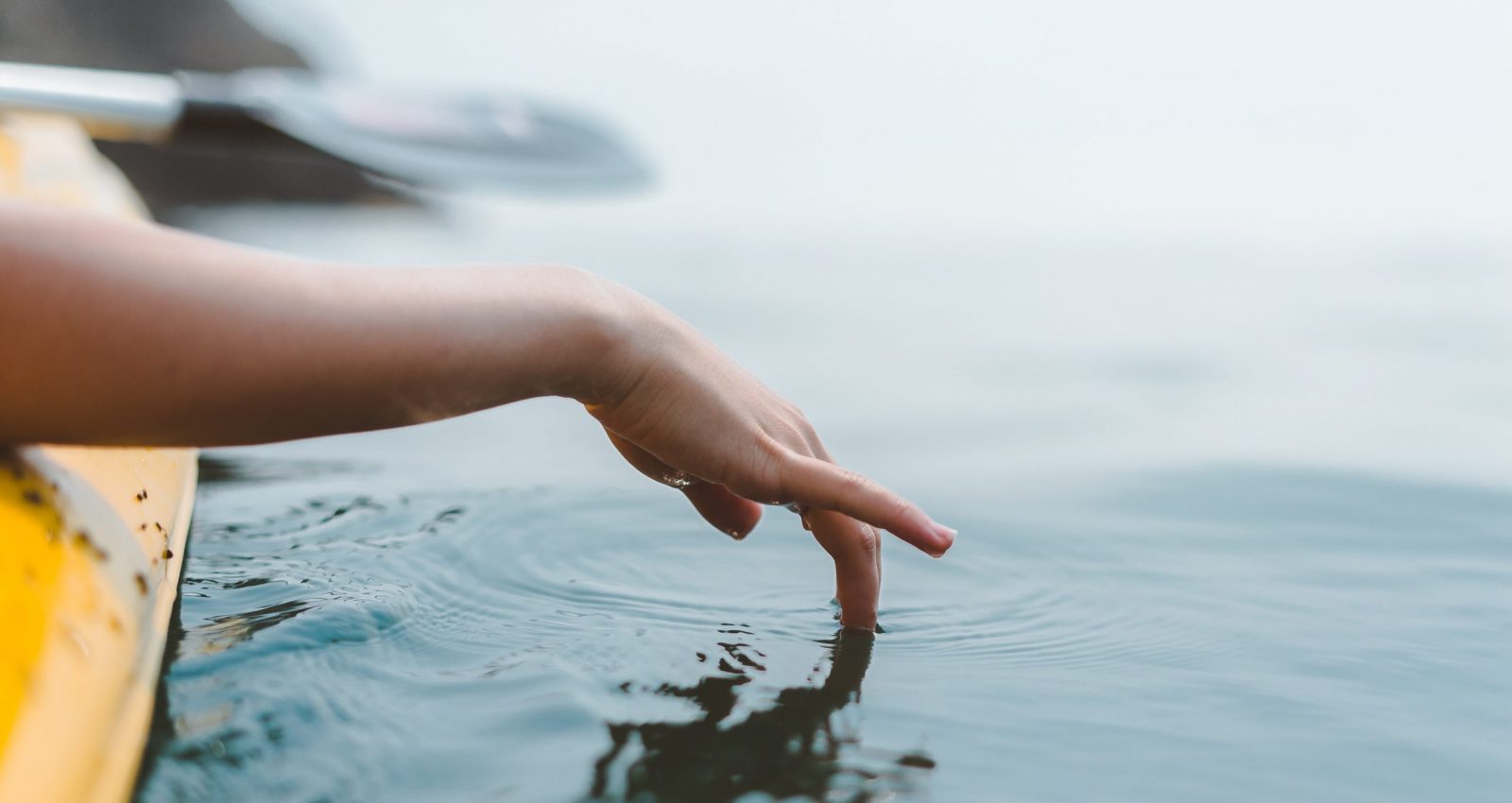Restoration Projects
Giving our river new life.
River Restoration through History
The largest recent restoration of the White River occurred as a result of a devastating fish kill in 1999. More than 5 million fish died in the incident. An unprecedented $16 million dollar settlement from Guide Corporation, the party responsible for the pollution event, resulted in several projects being implemented. These projects were aimed at restoring lost fish populations and improving habitat and public access. Dozens of projects including fish restocking, land acquisition, conservation easements, and habitat projects were funded with the settlement money. Learn more here from some of the river partners that were directly involved in this important restoration effort.
Catch up on the river’s recovery 20 years later through this recent compelling article by the Indy Star.
Current Restoration Projects
River and watershed restoration can include many activities like wetland and floodplain restoration, invasive species removal, streambank erosion control projects, and upland tree plantings. Many diverse groups are involved in these efforts.
Some active restoration projects along the White River include:
- Central Indiana Land Trust has multiple preserves along the White River such as Oliver Woods at which they are removing invasives, and are planting natives.
- Newfields has done extensive stream bank restoration along the White River at The Virginia B. Fairbanks Art & Nature Park to mitigate erosion and restore a walking path along the river.
- Conner Prairie’s Shoreline Stabilization Project is restoring natural habitats along the shoreline of the river on their property.
- Indiana Department of Natural Resources through the Indiana Stream & Wetland Mitigation Program is constructing wetland habitat on Conner Prairie’s property adjacent to the river.
- Indy DPW Office of Land Stewardship and Indy Parks have been restoring many river adjacent properties like Riverside Park, Municipal Gardens, and Broad Ripple Park by removing invasive species.
DigIndy Tunnel System
Hundreds of feet below the White River and other urban waterways, Citizens Energy Group is constructing a 28-mile, $2 billion network of tunnels designed to reduce sewage overflows from combined sewers into waterways by up to 97 percent. Combined sewers are a feature of more than 800 communities across the nation where stormwater flowing from a street and wastewater flowing from buildings enter the same pipe (or combined sewer). When it rains or snow melts, the capacity of the combined sewer pipe can be overwhelmed, resulting in a mixture of untreated stormwater and wastewater overflowing into waterways. The tunnels will capture these overflows, transporting the wastewater to the wastewater treatment plant for treatment as it has capacity and eliminating this pollution. Learn more about DigIndy
The River’s Future
The river’s future depends on you! There are a lot of small, but impactful, ways for you to help ensure a healthy and sustainable future for the White River.
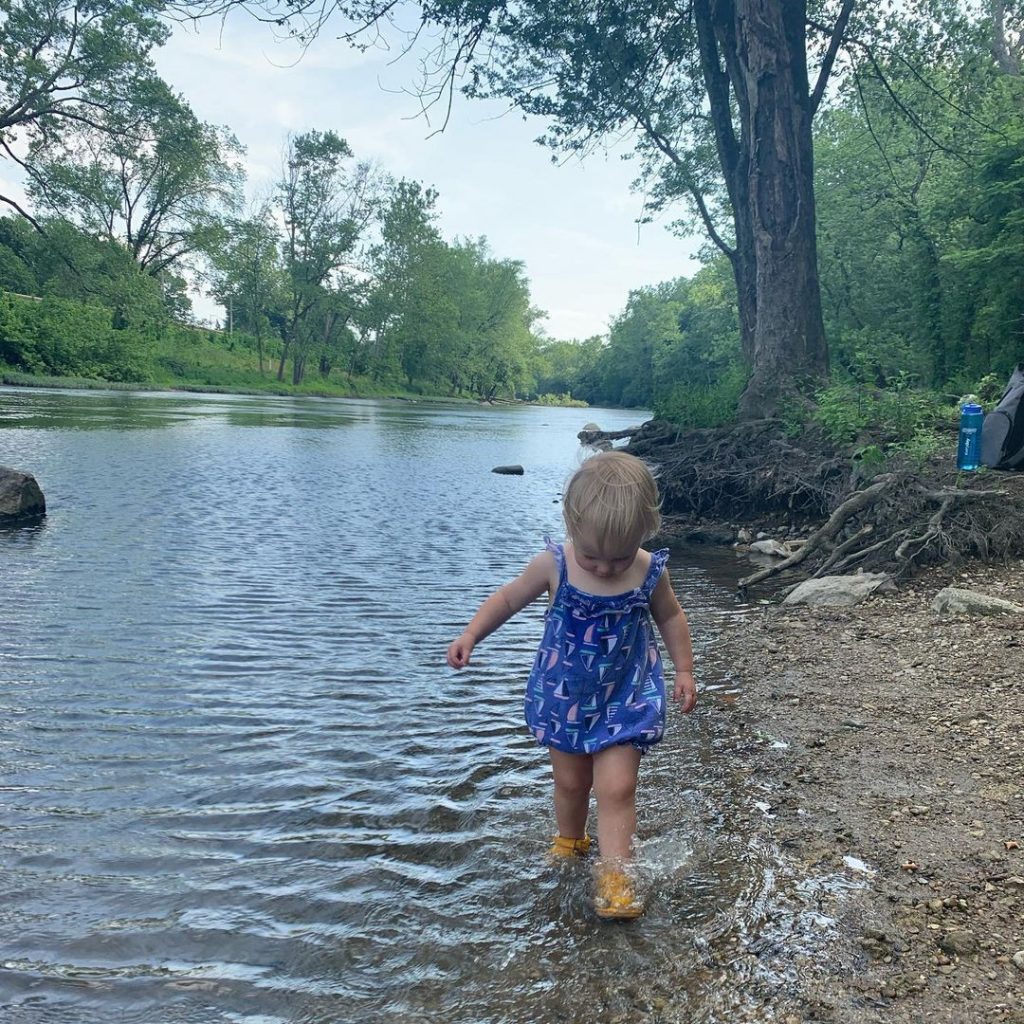
Small choices and behaviors around your home or business add up to make a big difference. Choices related to water use and lawn care, as well as landscaping and gardening activities can help maintain a balanced water cycle and prevent pollution from getting into the river. Learn more here, and join the thousands of others that are pledging simple individual actions to help protect our water.
If you like to volunteer and don’t mind getting a little dirty, consider participating in a clean-up effort with Keep Indianapolis Beautiful, or Friends of White River, or the White River Alliance. Whether you’re cleaning up a neighborhood storm drain or the river itself, it all makes a difference to the river’s future condition.
Maybe you love wildlife…consider ways you can turn your yard into backyard habitat for our river-loving wildlife that need extra room to roam or places to fuel up before or during migration. Check out the Indiana Wildlife Federation’s Certified Wildlife Habitat program.
Last but not least, it’s possible that advocacy and policy leadership are the most important aspects of the river’s future. Protecting wetlands and floodplains are critical to a healthy, stable river system. Implementing best land use practices across the watershed are key to pollution prevention and sustainable water supplies. You can learn more about these topics via the Indiana Water Summit or through advocacy groups like the Hoosier Environmental Council and the Indiana Forest Alliance.
Who’s Involved?
There are a number of agencies and partner organizations involved in restoration projects. The Indiana Department of Natural Resources, the Indiana Department of Environmental Management, and the US Army Corps of Engineers are all involved in restoration work. Some of this work is part of regulatory stream and wetland mitigation programs and some is part of voluntary efforts led by local groups. Key programs include:
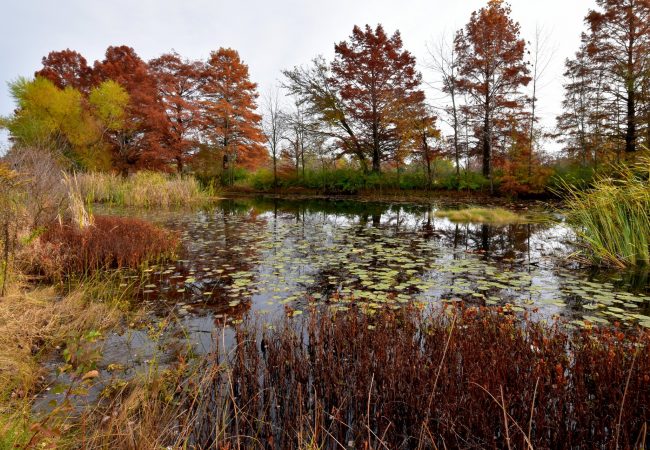
Indiana’s Stream and Wetland MItigation Program
This program raises funds for stream and wetland restoration when regulations require landowners who impact streams and wetlands on their property offset such losses.
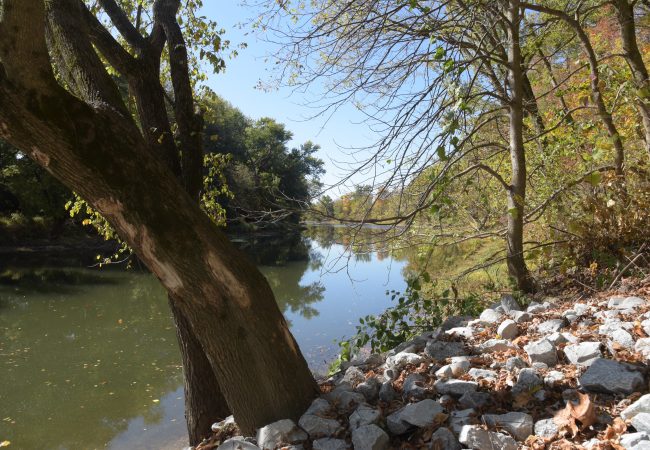
Indiana’s Lake and River Enhancement Program
This program offers technical and financial assistance for projects that enhance aquatic habitat for fish and wildlife and enhance recreational opportunities.
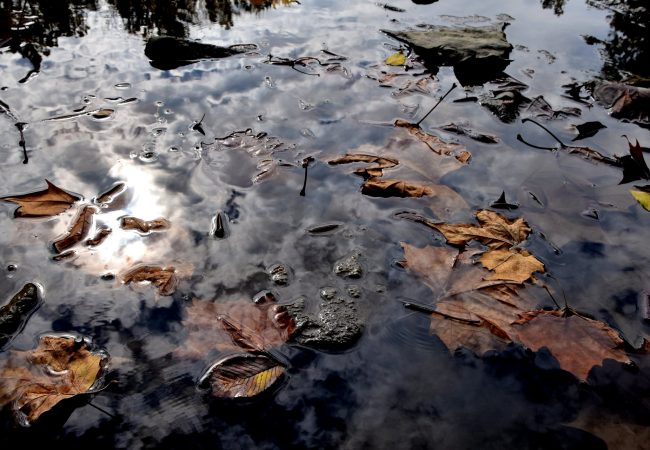
Clean Water Section 319 Grants
A program of the federal Clean Water Act, these grants support efforts to reduce water pollution coming from stormwater runoff primarily through education and development and implementation of watershed management plans.
Several Land Trusts in the watershed are working to permanently protect and/or restore critically important resources along the river. Land Trust staff often lead hikes or host educational events on their properties, and most properties are open to the public to explore. Learn more about their activities.
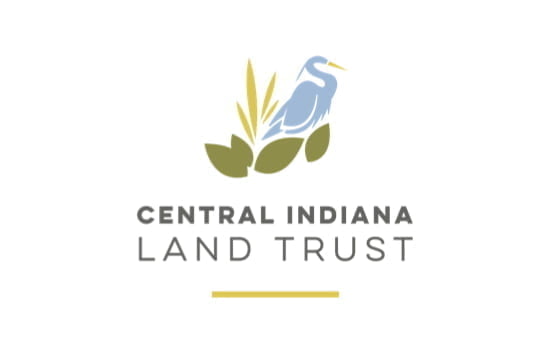
Central Indiana Land Trust
Located in the Indy area, CILTI has more than a dozen nature preserves that are open to the public, many of which are located along the White River.
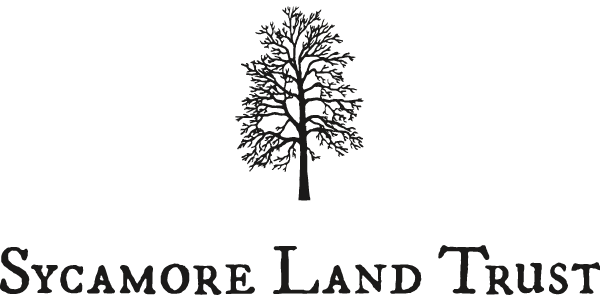
Sycamore Land Trust
Sycamore stewards more than 100 properties located south of the Indy metro area, with thirteen having trails for public use.
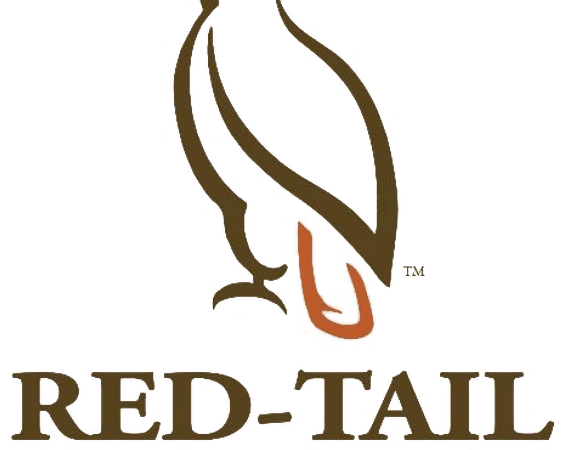
Red Tail Land Conservancy
Red Tail stewards 16 natural preserves northeast of the Indy area around the headwaters of the White River.
Many agricultural partners like the Natural Resource Conservation Service, the Indiana Department of Agriculture, and the county Soil and Water Conservation Districts also engage in a variety of restoration projects and programs that work to improve soil health, create habitat, and improve water quality runoff from farms.
Finally, several nonprofit and parks department partners like the Indiana Wildlife Federation, The Nature Conservancy, the Indy DPW Office of Land Stewardship are actively working to restore wetlands, prairies, and woodlands across the watershed.
